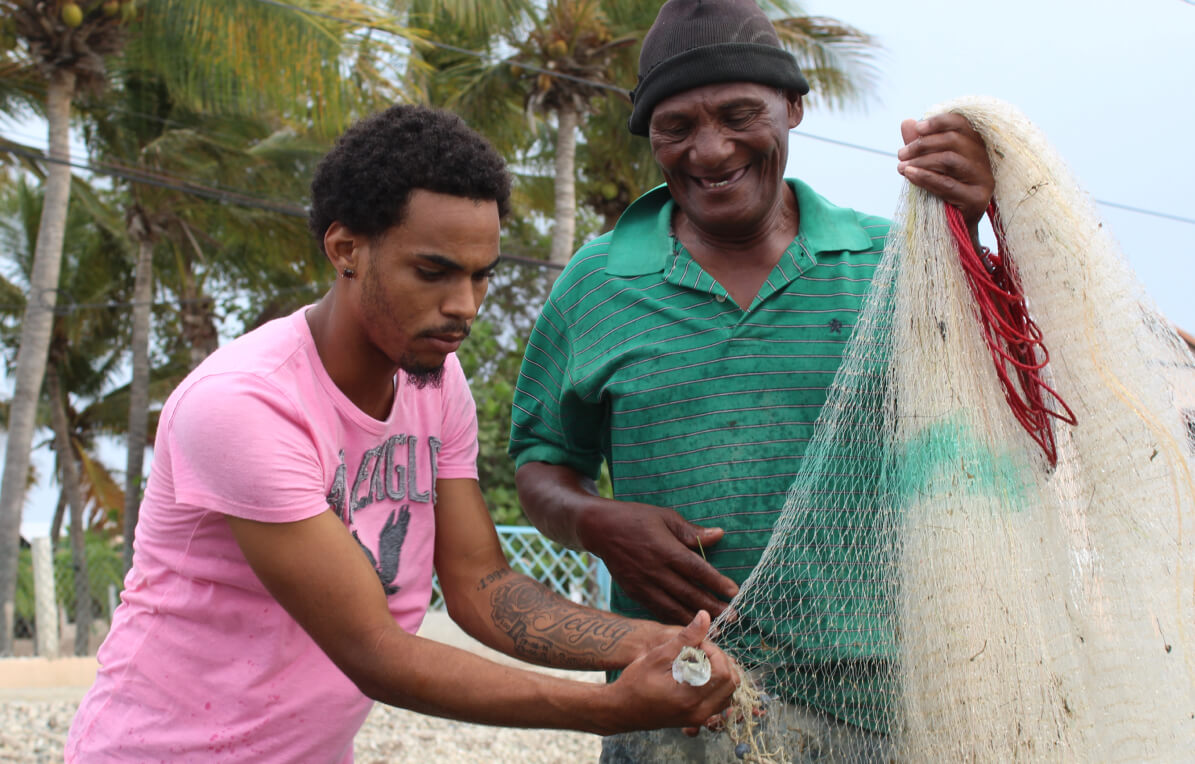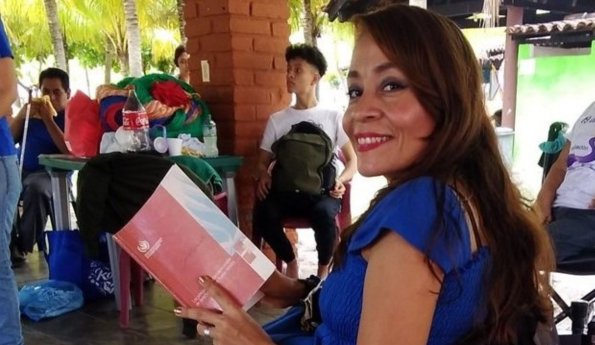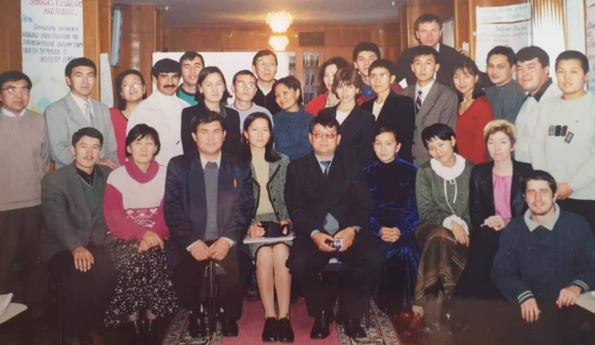This blog is part of a series of articles written by Georgetown University graduate students enrolled in a Gender and Terrorism Course, published as part of Counterpart’s Next Generation in Thought Leadership initiative. The opinions expressed in this article are the author’s and do not express the views or opinions of Counterpart International.
This year, the global community celebrated the 20th anniversary of the passage of the United Nations Security Council (UNSC) Resolution 1325, which reinforced the role of women to maintain peace and security across the globe. Leading U.S. government agencies including the U.S. Department of State, the U.S. Department of Defense, the U.S. Agency for International Development (USAID), and the U.S. Department of Homeland Security, all have set implementation guidelines to meet the commitments outlined in UNSC 1325.
What critical steps will the next U.S. Administration consider to further advance our commitments? Lessons learned from the past two decades yield three key recommendations for consideration:
1) Increase Representative Inclusion
Gender inclusion or gender parity – key milestones of WPS strategies – on their own do not necessarily advance peacebuilding objectives. Instead, who we engage and how may better determine the efficacy of gender inclusion. Specifically, a representative approach to gender inclusion, accounting for socio-economic, ethnic, and regional differences, demonstrates the potential to lead to better, more successful outcomes. Counterpart International, a U.S.-based NGO, credits some of its WPS initiatives’ success in Niger on engaging women role models to provide peer-to-peer support with emerging women leaders in the peacebuilding field. Mentors were selected for having similar backgrounds to the women they were helping. This creates trust and credibility with marginalized communities – which increases engagement. In the terrorism prevention field, U.S.-based stakeholders could increase their reach with some of the most vulnerable populations if they had the resources and training necessary to adequately and safely engage with at-risk populations.
2) Apply a Gendered Political Economy Analysis to all Agency and Department WPS Activities
USAID’s framework of gendered political economy analysis (PEA) must be adopted by all U.S. agencies and departments engaging in terrorism prevention. A gendered PEA explicitly examines how gender and other social inequalities shape people’s access to power and resources and ensures that the perspective of women informs the process, content, and use of the analysis. Such analysis will support a holistic diagnosis of poverty and inequality, avoid reinforcing existing or historical imbalances and provide new insights into change pathways and agents. While USAID and its implementing partners have applied this approach with promising success, gendered PEAs must be applied outside of USAID initiatives. The Department of Defense, Department of State, and Homeland Security could all benefit from the implementation of rigorous gendered PEA.
3) Establish Benchmarks across Agencies and Departments
Finally, to ensure a common framework for measuring success, practitioners would benefit from uniform guidance or a universal toolkit to guide the application of gender analysis in their work. Currently, development practitioners use a myriad of different gender analysis tools. By leveraging existing frameworks and adapting external tools, U.S. stakeholders can increase their impact in the field. CARE Insights, a UK-based NGO dedicated to defeating poverty and achieving social justice by centering around women and girls, has put forward the CARE Gender Marker (CGM). CGM works as both a self-assessment of program quality and a learning tool, measuring the integration of gender into a CARE gender continuum from harmful to transformative. CGM represents a great asset for internal benchmark creation such as gender inclusivity and engagement within agencies. Other agencies and their implementing partners operating in the intersection of gender and terrorism (e.g. DOS, DOD, USAID, and Homeland Security) should require their initiatives to apply similar tools.
The Next 20 Years
The next few years will be critical to strengthening women’s agency in terrorism prevention activities. The worldwide COVID-19 pandemic will have a drastic negative impact on efforts towards equality, development, and democratic opening. According to the World Bank, the pandemic will create an additional 150 million extreme poor by 2021. This will ultimately add to insecurity among the world’s most at-risk communities, with women bearing the brunt of the damages wrought by terrorist organizations that will take advantage of the situation. By implementing these three key recommendations, U.S. agencies and departments can set the tone for increasing women’s agency in terrorism prevention activity.




